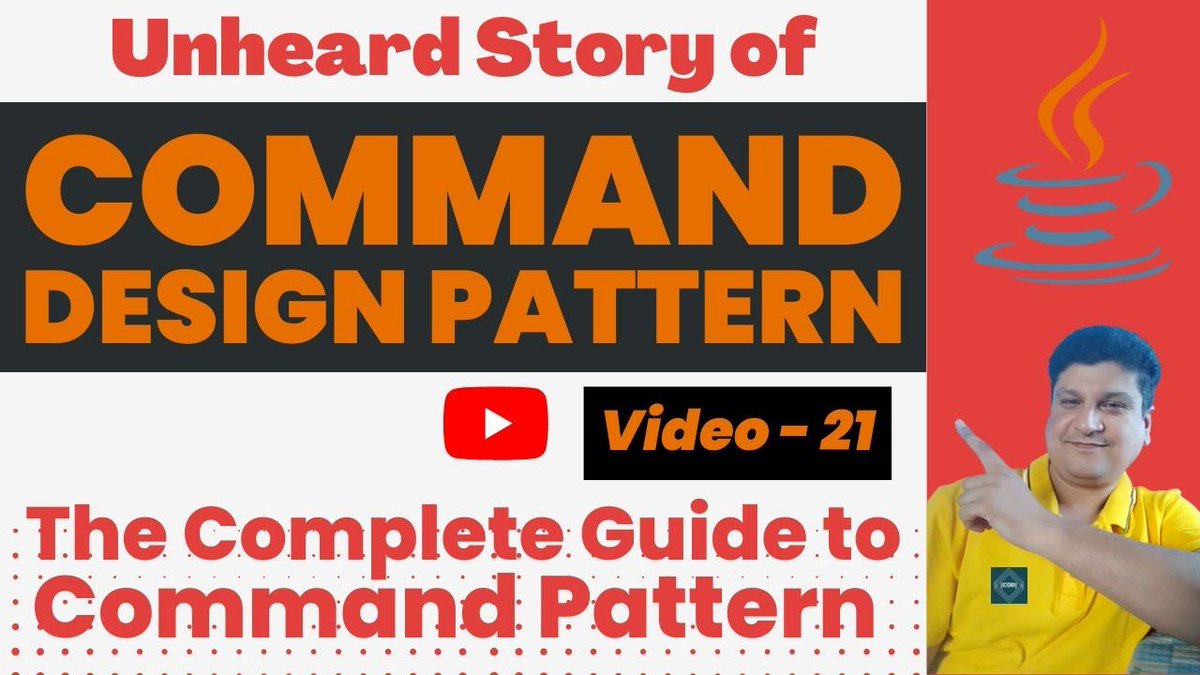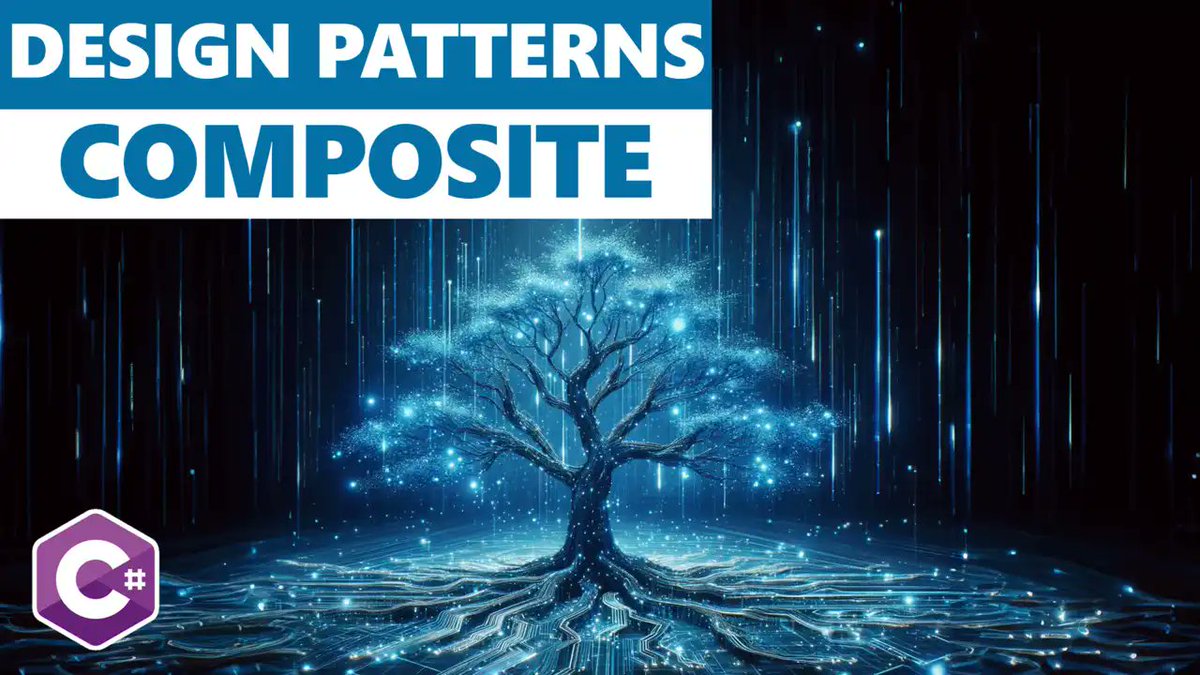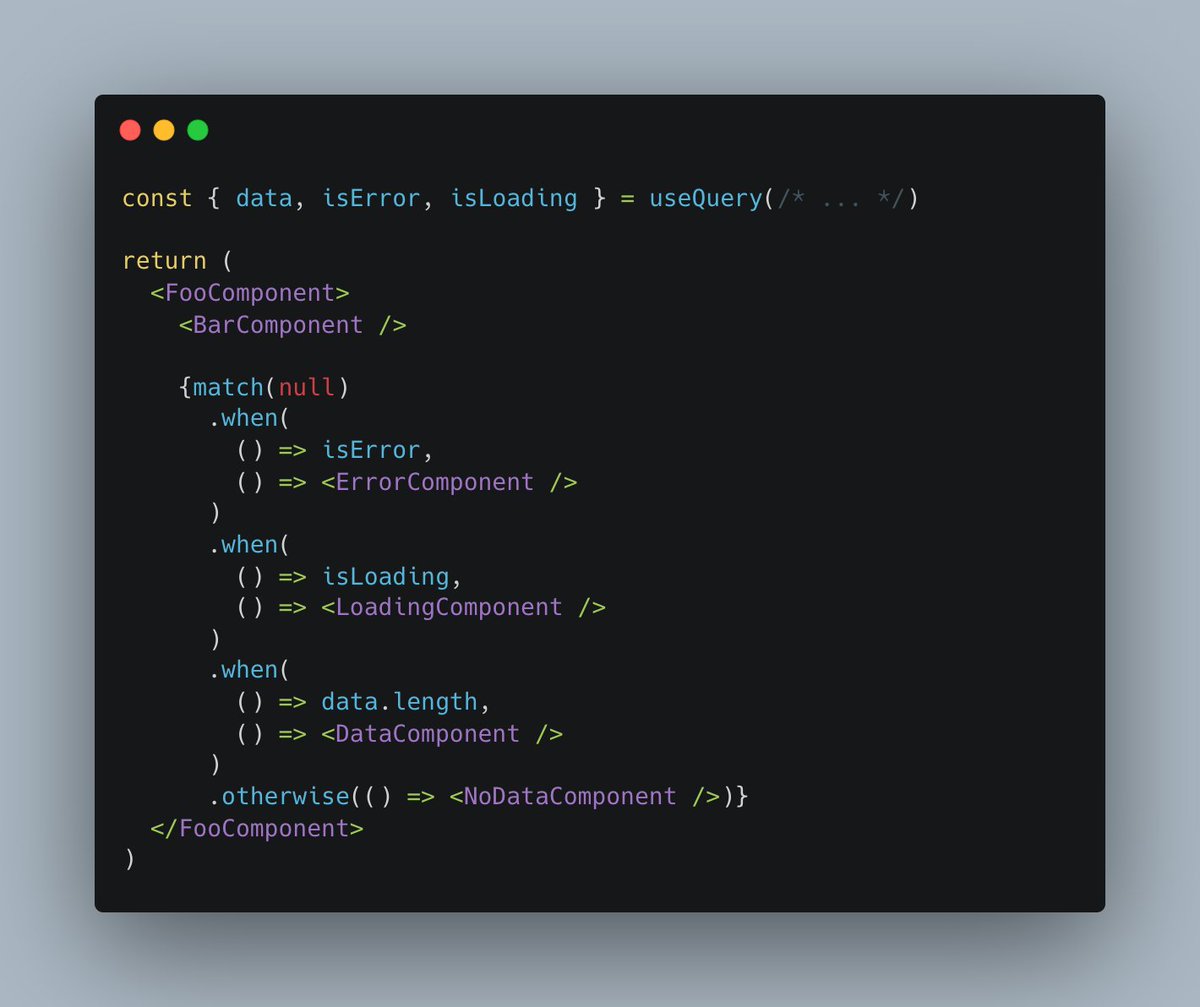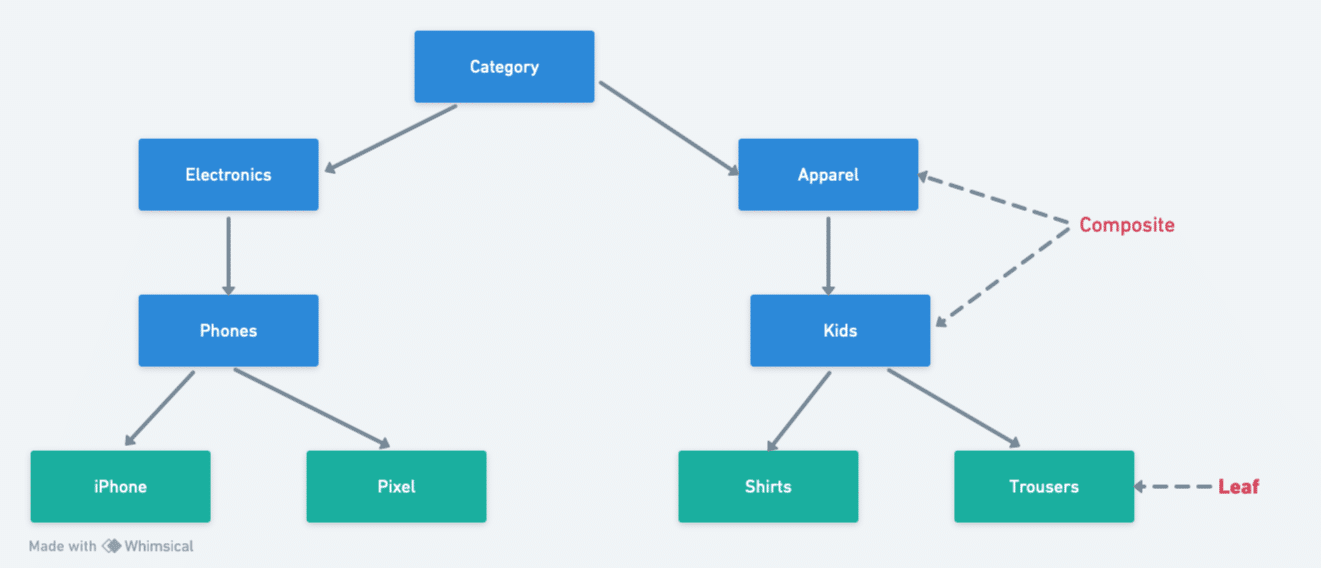#commanddesignpattern ผลการค้นหา
Command Design Pattern Tutorial with Java Code Example for Beginners youtu.be/RsvTL3KkKgE #CommandDesignPattern #DesignPatterns #JavaTutorial #JavaProgramming

#commanddesignpattern #commanddesignpatternjava #commanddesignpatternexample #commanddesignpatternspringboot #commanddesignpatterntutorial #commanddesignpatternexplained #commanddesignpatternjavacode #commandpattern #commandpatterninjava #commandpatternrealworldexample
I just published Command Design Pattern Tutorial with Java Code Example for Beginners link.medium.com/CHLbodGqsAb
link.medium.com
Command Design Pattern Tutorial with Java Code Example for Beginners
Command is a behavioral design pattern that turns a request into a stand-alone object that contains all information about the request. This…
13:10 Next video on State Design Pattern #commandpattern #commanddesignpattern #javadesignpatterns ** Previous Video Links ** Previous Video (Chain of Responsibility Design Pattern): youtu.be/MdFuKYgUlzI ** GITHUB Project ** github.com/codeonedigest/…
2/9 The new pattern in a nutshell: • The model handles reasoning • Tools handle actions • A rich set of hooks in between gives advanced users control over planning, monitoring, guardrails, and customization This is rapidly becoming the default.
The pattern: Create solid component examples (buttons, modals, forms). AI learns your patterns from existing code + Cursor rules. Each new screen gets built closer to your style without teaching it again.
Software Design Patterns (Creational Patterns - Part 1) ⏱️ 52 mins ⭐ 4.70 👥 399 🔄 Jan 2024 💰 FREE comidoc.com/udemy/software… #DesignPatterns #Singleton #SoftwareDev #udemy

Have you used the composite design pattern? Read more here: devleader.ca/2024/01/25/com… #DesignPatterns #CSharp

Instruction + Context – “Here’s the role, task, constraints, and data” This is the most powerful general pattern for devs. You specify: - Role (who the model is) - Task (what you want) - Constraints (format, length, style) - Context (codebase, stack, rules) - Data (the input)
Most devs still prompt like this: "Write code to do X" But small changes in how you ask change output quality a lot. Here are 3 core prompting patterns every developer should know: Zero-shot, Few-shot, and Instruction + Context. 🧵👇
This combined with strong Cursor Rules, will speed up your development in large codebases, it will close the gap between PMs, designers and engineers. The best commands are the ones your team will come up with based on their workflows, these are just examples to get you started.
Design Command This one closes the gap between your designers and the engineers, giving both of them the power to go from Figma designs to real components in the code base (every designer should code in 2026).
This pattern works best in three situations: • Standard infrastructure: auth, logging, basic analytics. • Compressed timelines: deadlines measured in quarters. • Deep capability gaps: you’ve never shipped real-time decision systems at scale.
Understanding system design patterns is essential for building reliable, scalable systems. Here’s a simplified breakdown with real-world analogies. 1. Failure Handling Patterns Handle service crashes and recovery smartly. - Circuit Breaker: Stops calling failing services to…
I only used one simple "design pattern", outlined perfectly in this article by @cmuratori. caseymuratori.com/blog_0015
ts-pattern is such an elegant way to handle multiple conditionals in component renderers

Commanders issue intent and objectives, not detailed step-by-step orders. Subordinates are expected to use initiative to achieve the mission, adapting to circumstances without waiting for new instructions. Relies on discipline, training, and mutual understanding between levels…
Composite Design Pattern is.gd/iLbNnC #rest #springmvc #springframework #springboot #java
This pattern keeps clients simple and services clean. #SystemDesign #Microservices #APIGateway #Architecture #DevOps #backend
In this tutorial, we will learn about Command Design Pattern and then implement a Command Design Pattern in Unity to solve the movement of a game object. #CommandDesignPattern #DesignPattern #Unity faramira.com/implementing-a…

Command Design Pattern Tutorial with Java Code Example for Beginners youtu.be/RsvTL3KkKgE #CommandDesignPattern #DesignPatterns #JavaTutorial #JavaProgramming

Something went wrong.
Something went wrong.
United States Trends
- 1. National Guard 341K posts
- 2. Thanksgiving 511K posts
- 3. Afghan 59.1K posts
- 4. Cease 23K posts
- 5. Celtics 9,573 posts
- 6. Derrick White 1,406 posts
- 7. Blue Jays 9,337 posts
- 8. Rahmanullah Lakanwal 12.9K posts
- 9. Cade Cunningham 2,827 posts
- 10. #StrangerThings5 30.5K posts
- 11. Tony Brothers N/A
- 12. Blood 205K posts
- 13. Arsenal 515K posts
- 14. Liverpool 165K posts
- 15. Al Sharpton 5,940 posts
- 16. Jaylen Brown 1,441 posts
- 17. Slot 134K posts
- 18. #triplegobble N/A
- 19. Frank Ragnow 9,311 posts
- 20. Seditious Six 148K posts


















